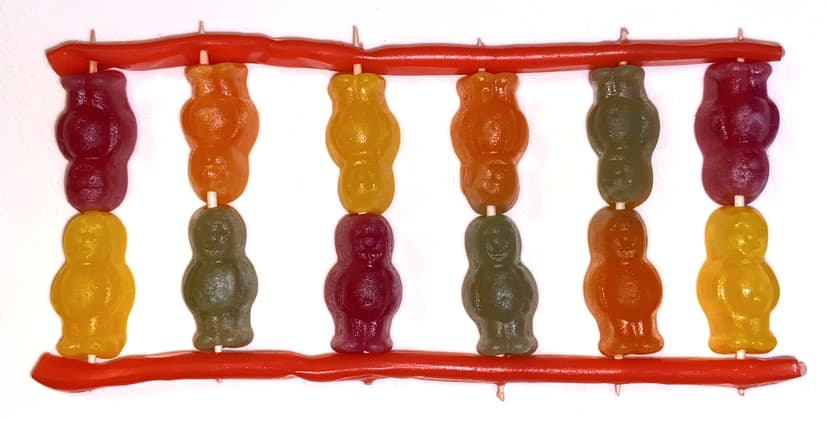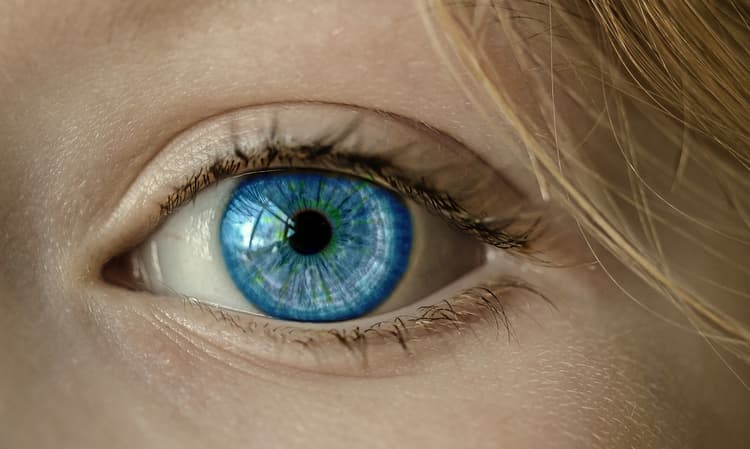Myths about teaching can hold you back
- Year 10
- AQA
- Higher
The genome, the environment and phenotype
I can describe simply how an organism’s genome and its environment influence its characteristics.
- Year 10
- AQA
- Higher
The genome, the environment and phenotype
I can describe simply how an organism’s genome and its environment influence its characteristics.
These resources were made for remote use during the pandemic, not classroom teaching.
Switch to our new teaching resources now - designed by teachers and leading subject experts, and tested in classrooms.
Lesson details
Key learning points
- The genome stores instructions that are used by cells to make structural and functional proteins (including enzymes).
- The proteins that are made are used to build other structures and control chemical reactions.
- The characteristics of an organism are called the phenotype.
- Some characteristics in an organism’s phenotype are determined only by its genome (e.g. eye colour).
- Most characteristics in the phenotype are influenced by the organism's genome and interaction with its environment.
Keywords
Genome - A genome is all of the DNA of an organism.
Gene - A gene is a section of DNA that holds the genetic code for a protein.
Protein - A protein a chemical substance whose structure is coded for by the genetic code in genes.
Phenotype - The phenotype is the physical characteristics of an organism.
Enzyme - An enzyme is a functional protein that acts as a biological catalyst to speed up chemical reactions.
Common misconception
That all features encoded in the genome are visible in the phenotype.
Give examples of structural and functional proteins that are not visible in an organism's phenotype.
To help you plan your year 10 combined science lesson on: The genome, the environment and phenotype, download all teaching resources for free and adapt to suit your pupils' needs...
To help you plan your year 10 combined science lesson on: The genome, the environment and phenotype, download all teaching resources for free and adapt to suit your pupils' needs.
The starter quiz will activate and check your pupils' prior knowledge, with versions available both with and without answers in PDF format.
We use learning cycles to break down learning into key concepts or ideas linked to the learning outcome. Each learning cycle features explanations with checks for understanding and practice tasks with feedback. All of this is found in our slide decks, ready for you to download and edit. The practice tasks are also available as printable worksheets and some lessons have additional materials with extra material you might need for teaching the lesson.
The assessment exit quiz will test your pupils' understanding of the key learning points.
Our video is a tool for planning, showing how other teachers might teach the lesson, offering helpful tips, modelled explanations and inspiration for your own delivery in the classroom. Plus, you can set it as homework or revision for pupils and keep their learning on track by sharing an online pupil version of this lesson.
Explore more key stage 4 combined science lessons from the DNA and the genome unit, dive into the full secondary combined science curriculum, or learn more about lesson planning.

Licence
Prior knowledge starter quiz
6 Questions
Q1.What does the photograph show?

Q2.What is a genome?
Q3.Which type of organism does not store its genome in the cell nucleus?
Q4.True or false? Nucleotides are polymers.
Q5.What is the best description of the structure of DNA?
Q6.The term “ code” is used to describe the order of nucleotides in a gene.
Assessment exit quiz
6 Questions
Q1.Genes are instructions to the cell to make what kind of molecule?
Q2.The order of nucleotides in a gene controls the structure of a protein. The structure of a protein decides whether it is a structural or protein.
Q3.Match each word to its meaning.
a functional protein that speeds up chemical reactions
the physical characteristic of an organism
can be structural or functional; has a structure coded for by a gene
Q4.Which phenotype is determined only by inherited genes?
Q5.The height that a sunflower grows to is part of its phenotype. Which factors affect this phenotype?
Q6.Order the statements to explain how genes cause the iris of a human eye to have colour.



